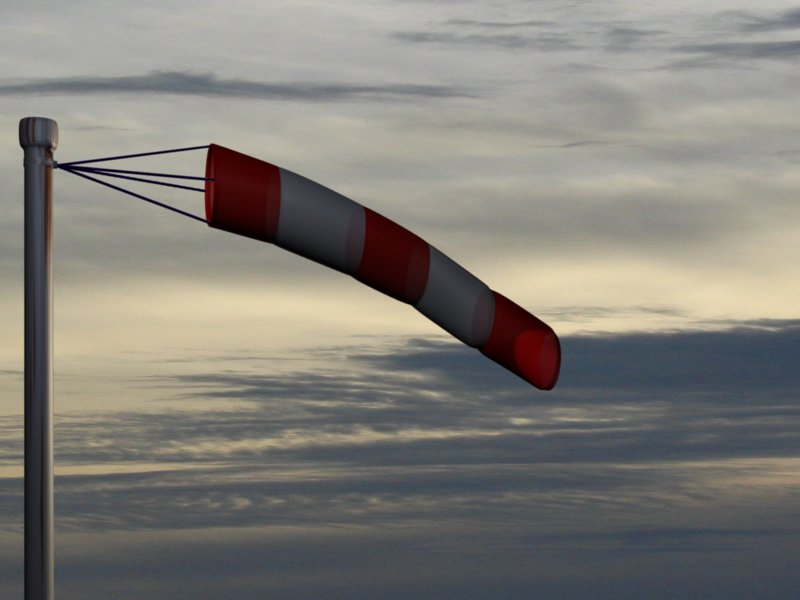Introducción
La simulación de cuerpos blandos podrá ser usada para simular objetos con una deformación suave. Fue principalmente diseñada para agregar movimientos secundarios a una animación, tales como el movimiento de vaivén de las partes blandas del cuerpo, cuando éste se mueve.
También funcionará para la simulación de cuerpos blandos más genéricos que sean capaces de flexionarse, deformarse y reaccionar a fuerzas como la gravedad y el viento o colisionar con otros objetos.
Si bien es un método capaz de simular ropa y cuerpos rígidos deformables, hasta un cierto punto, la simulación de Ropa podrá hacer de mejor manera lo primero, debido a que fue especialmente diseñada para ese propósito.
La simulación funcionará mediante la combinación de la animación existente de un objeto con las fuerzas que actúen sobre el mismo. Existirán fuerzas externas como la gravedad o campos de fuerzas, así como fuerzas internas que mantendrán la unión entre los vértices del objeto. De esta manera, será posible simular el tipo de formas que podría adquirir un objeto en el mundo real, si tuviera volumen, estuviera relleno de alguna sustancia y fuera afectado por fuerzas reales.
Los cuerpos rígidos podrán interactuar con otros objetos mediante Colisiones. Asimismo, podrán interactuar consigo mismos mediante Colisiones propias.
El resultado de la simulación de cuerpos blandos podrá ser convertido en un objeto estático. También será posible capturar y editar una simulación, esto es, editar resultados intermedios y reiniciar la simulación a partir de allí.
Escenarios típicos para el uso de cuerpos blandos

El cono de viento es un cuerpo blando, así como su sujeción.
Los cuerpos blandos son apropiados para:
Jiggle on moving characters.
Elastic and deformable objects made of materials like rubber or gelatin.
Tree branches moving in the wind, swinging ropes, and the like.
Flags, wide sleeves, cushions or other simple fabric reacting to forces.
The following videos may give you some more ideas:
Creación de un cuerpo blando
Soft body simulation works for all objects that have vertices or control points (meshes, curves, surfaces, and lattices).
To add a soft body simulation to an object, go to the Physics tab (bouncing ball icon) in the Properties and activate the Soft Body button. For a reference of all the settings see this page.
You start a soft body simulation by playback animation with Alt-A, and stop the simulation with Esc or Alt-A.
Interacción en tiempo real
To work with a soft body simulation, you will find it handy to use the Timeline editor. You can change between frames and the simulation will always be shown in the actual state. You can interact in real-time with the simulation, e.g. by moving collision objects or shaking a soft body object.
You can then select the soft body object while running the simulation and Apply the modifier in the Modifiers tab of the Properties. This makes the deformation permanent.
Consejos
Soft bodies work especially well if the objects have an even vertex distribution. You need enough vertices for good collisions. You change the deformation (the stiffness) if you add more vertices in a certain region.
The calculation of collisions may take a long time. If something is not visible, why calculate it?
To speed up the collision calculation it is often useful to collide with an additional, simpler, invisible, somewhat larger object.
Use soft bodies only where it makes sense. If you try to cover a body mesh with a tight piece of cloth and animate solely with soft body, you will have no success. Self-collision of soft body hair may be activated, but that is a path that you have to wander alone. We will deal with Collisions in detail later.
Try and use a Lattice or a Curve Guide soft body instead of the object itself. This may be magnitudes faster.